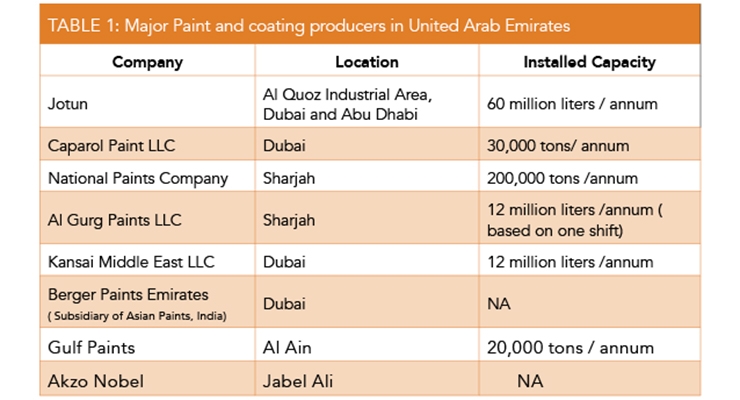Discover The Connection In Between Climate Factors And The Success Of Your Outside Painting Project To Accomplish A Perfect Result
Discover The Connection In Between Climate Factors And The Success Of Your Outside Painting Project To Accomplish A Perfect Result
Blog Article
Short Article Author-Greenwood Pedersen
Understanding exactly how weather conditions can influence the result of an external paint undertaking is critical for attaining a flawless finish. From temperature variations changing paint adhesion to humidity levels influencing drying times, each component of weather condition plays a significant role in the success of your task. In addition, wind rate and precipitation can present unforeseen difficulties that might compromise the top quality of the outcome. As commercial kitchen wall paint browse with the nuances of weather's impact on exterior painting, it becomes apparent that careful planning and critical timing are vital for making certain a specialist and resilient end result.
Suitable Temperature Level Range for Painting
When thinking about exterior painting jobs, the ideal temperature level variety plays a crucial function in accomplishing ideal outcomes. Painting in the best temperature level problems makes certain that the paint adheres effectively to the surface area, dries equally, and treatments effectively. Typically, the advised temperature array for external painting is between 50 to 85 levels Fahrenheit.
Painting in mouse click the up coming web site below 50 levels Fahrenheit can cause problems such as bad paint bond, long term drying out times, and a raised chance of fracturing or peeling.
On the other hand, painting in temperature levels over 85 levels Fahrenheit can cause the paint to dry too rapidly, leading to blistering, gurgling, and an irregular coating.
To achieve the most effective outcomes, it is essential to check the weather forecast prior to beginning an outside painting task. Preferably, purpose to repaint during moderate weather conditions with modest temperature levels and reduced moisture degrees.
Impacts of Humidity on Paint Drying
Humidity levels substantially impact the drying out procedure of paint applied to exterior surface areas. High humidity can lengthen the drying time of paint, resulting in possible issues such as leaking, streaking, or even the development of bubbles on the repainted surface area. Excess wetness airborne reduces the dissipation of water from the paint, hindering the healing procedure. This is especially problematic for water-based paints, as they rely on evaporation for drying.
On the other hand, reduced moisture degrees can additionally influence paint drying out. Very completely dry conditions might cause the paint to completely dry also promptly, resulting in bad bond and a harsh finish. In such situations, including a paint conditioner or splashing a fine haze of water in the air can assist regulate moisture degrees and improve the painting end result.
To ensure https://www.culturetype.com/2022/09/06/who-painted-president-obamas-white-house-portrait-did-he-make-a-traditional-choice-or-select-a-critically-recognized-artist/ drying out conditions, it is suggested to repaint when the humidity levels range in between 40% and 50%.
Surveillance humidity levels and taking suitable actions can help attain a smooth and resilient paint surface on outside surface areas.
Wind and Precipitation Factors To Consider
Wind speed and precipitation are critical elements that substantially impact the success of an outside painting task.
When it concerns wind, both speed and direction are necessary considerations. High wind speeds can trigger paint to dry also rapidly, leading to a subpar finish with potential issues like splitting or irregular structure. Furthermore, wind can lug particles that may stick to the wet paint, leading to blemishes. As a result, painters need to intend to work on days with light to modest winds for ideal paint problems.
On the other hand, rainfall, whether rain or snow, can be very destructive to the end result of an outside painting job. Moisture from rainfall can impede paint bond, triggering peeling and bubbling over time. It is crucial to stay clear of painting throughout rainy or snowy weather condition to make sure the long life and high quality of the paint task. Painters must additionally enable sufficient time for the surface to dry thoroughly after any rainfall prior to beginning or resuming the painting procedure.
Conclusion
To conclude, weather conditions play a considerable function in the end result of an outside painting task. The suitable temperature level array, moisture levels, wind rate, and precipitation all add to the success or failing of the paint task.
It is essential to take into consideration these variables and plan accordingly to make certain proper paint bond, drying times, and overall quality of the finished product.
